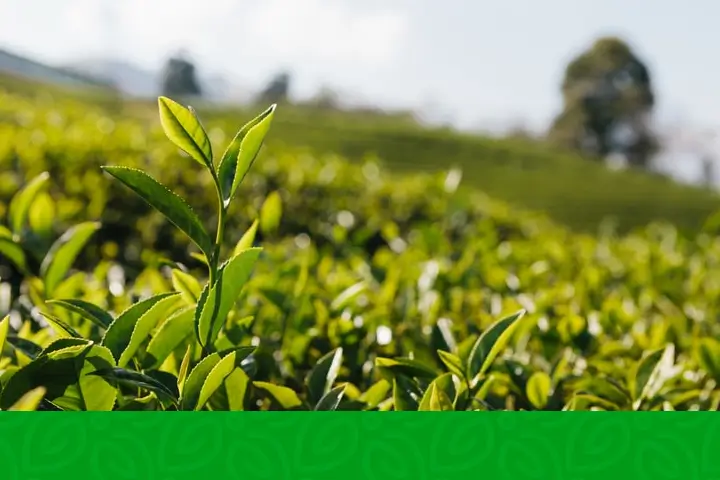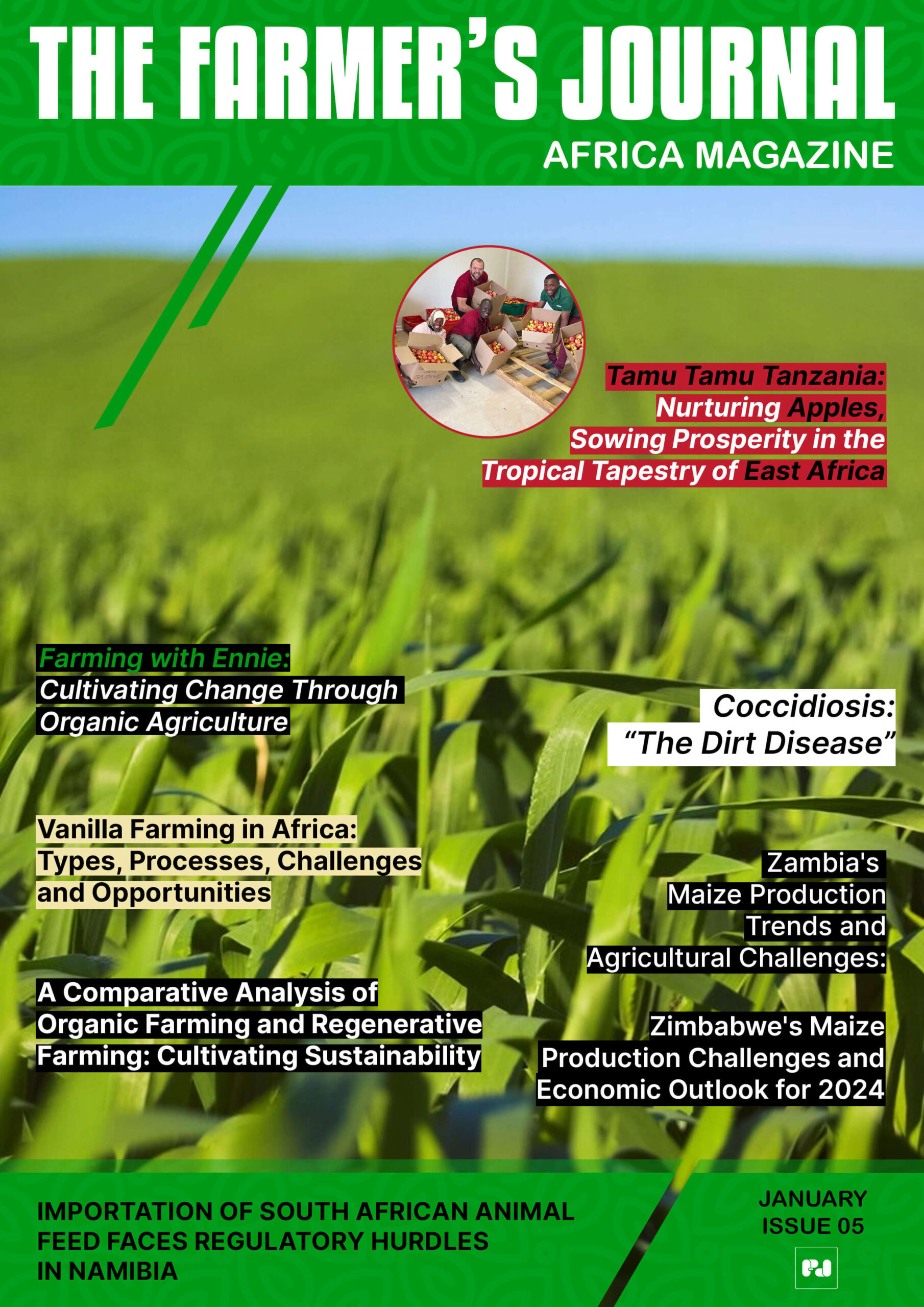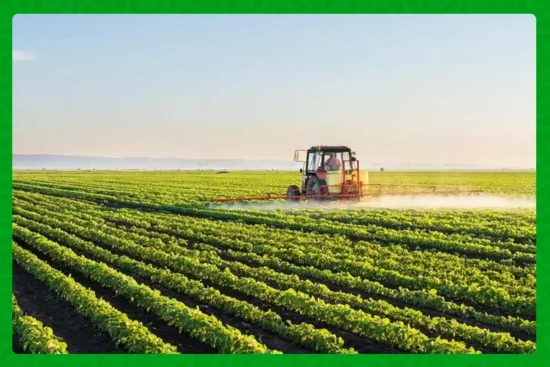
There is a human story behind every kilogram of tea that does not get plucked. For smallholder pluckers, factory workers and the traders who rely on steady shipments, the numbers published by the Tea Board of Kenya this year translate into quieter fields, slimmer pay packets and harder choices at home. Kenya’s tea production fell 11.5 percent in the first seven months of 2025 to 322.29 million kilograms, down from 364.13 million kilograms during the same period in 2024.
Weather wrote the first draft of this decline
The dominant reason is weather. Extended dry spells, followed by unseasonably cold days in key growing belts, reduced crop performance when plants should have been recovering from the long rains. In July alone production slipped 4.37 percent year on year to 39.04 million kilograms, with rainfall averaging below 12 millimeters per day in some tea zones and daily temperatures falling as low as 8 degrees Celsius in parts of the country. Those conditions blunt the flushes that mills rely on to produce consistent, high quality leaf.
The regional picture varies. The East of Rift recorded a steeper fall of about 9.8 percent while the West of Rift fell by 2.8 percent. Factories run by the Kenya Tea Development Agency experienced some of the deepest contractions, with output down 13.7 percent. Those regional gaps show how local microclimates and farm practices matter when the weather turns hostile.
Auction floors and prices felt the squeeze
The fall in green leaf translated into smaller sale volumes at the Mombasa auction. In July, auction sales dropped 25.6 percent year on year to 25.41 million kilograms, and the average auction price slid to US$2.05 per kilogram from US$2.21 a year earlier. In shilling terms, prices averaged Kes 264.89 per kilogram, down about 7.7 percent. Even so, market absorption improved to 55 percent from 40 percent the previous July as buyers became more selective on quality and adjusted to tighter supplies.
Smallholder teas offered something different. They fetched a higher average of US$2.32 per kilogram in July, though that was still below the US$2.77 recorded in July 2024. These quality differentials show that even in a down year, pockets of better quality can attract stronger bids.
Exports show shifting demand and logistical bumps
Exports rose in July by about 5 percent to 55.57 million kilograms, but cumulative exports for the Jan–Jul period fell 7 percent to 330.19 million kilograms. The drop reflects a mix of weaker demand from some traditional markets, shipping delays along routes such as the Red Sea corridor, and softer buying in Europe. Pakistan remained a steady buyer, accounting for approximately 36 percent of Kenya’s tea exports during the review period, and purchased around 20.06 million kilograms. Those patterns underline how both weather at home and logistics abroad shape earnings for Kenya’s tea sector.
What this means for farmers, factories and the sector
A fall in production affects livelihoods in immediate ways. Pluckers work fewer hours when factory intake slows, local mills run shorter shifts and small traders see thinner margins. For farmers, the risk is double: lower volumes and softer prices curtail household income just when costs for inputs and living are rising.
But the data also point to resilience. Improved market absorption shows buyers will still take what matches their quality needs. Smallholder premiums demonstrate that investment in renewed pruning, better agronomy and targeted inputs can pay off even in tough seasons. That is where extension services and access to affordable inputs become critical policy levers.
Outlook and policy responses
The Tea Board of Kenya projects total production for 2025 to fall to about 553 million kilograms from 594 million kilograms in 2024, a signal that the sector expects a softer year overall before conditions and winter demand help rebalance stocks and prices toward December. The Board expects prices to gradually recover later in the year as inventories tighten and Northern Hemisphere demand rises with winter.
To protect incomes over the short term, stakeholders can focus on measures such as targeted irrigation and soil moisture conservation in marginal zones, timely replanting and pruning where tea bushes are stressed, and support for factories to manage intake schedules and maintain cash flow. Over the medium term, diversifying market channels, expanding value addition at origin and improving logistics will help the industry ride out weather and demand shocks.
A practical window to add value
One positive step has been renewed attention to orthodox teas and value addition. The government and industry players have rolled out their first auction of orthodox teas, featuring 2,925 packages or about 91,800 kilograms, with expected bids in a higher price band. That move aims to attract buyers prepared to pay premiums for specialty grades and to shift some of Kenya’s earnings up the value chain. If marketed well, higher value product can soften the blow of lower bag counts in commodity lines.
What to watch next
- Rainfall and temperature forecasts for the next two months and whether the long rains pattern recovers in core zones.
- Auction volumes and average prices through November to see if winter demand lifts prices as expected.
- Export flows to Pakistan and key European buyers, and whether shipping delays ease in the Red Sea corridor.
Closing note
This is a story about climate, markets and people. The decline in output is measurable in metric tons and shillings, but the human cost is felt in market stalls, in the household budgets of pluckers and smallholders, and at factory gates. The industry has tools to respond, from agronomy to market diversification, and the months ahead will show whether those measures translate into steadier harvests and more secure incomes. For now, hope looks a lot like careful planning, cash support where it is needed most and a watchful eye on the skies.
Stay updated with the latest farming tips and agriculture industry news from Africa by subscribing to our newsletter. Don’t miss out on valuable insights and updates. Follow us on Twitter, LinkedIn, and Facebook to join our farming community and stay connected with us.


















